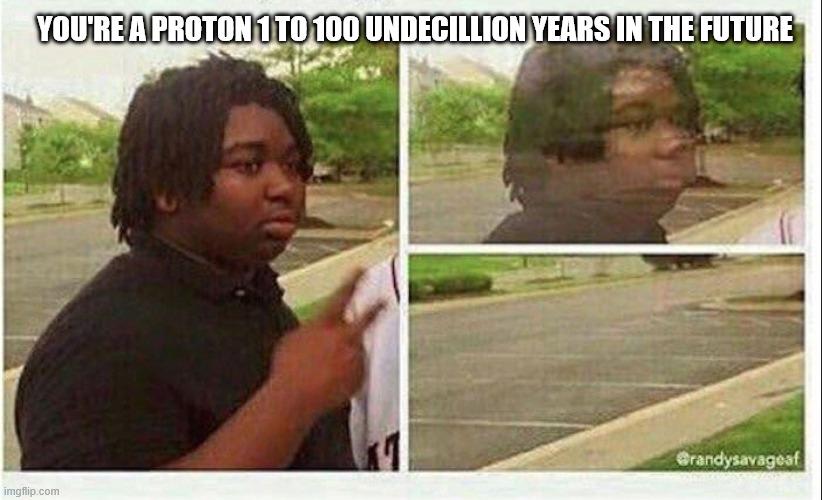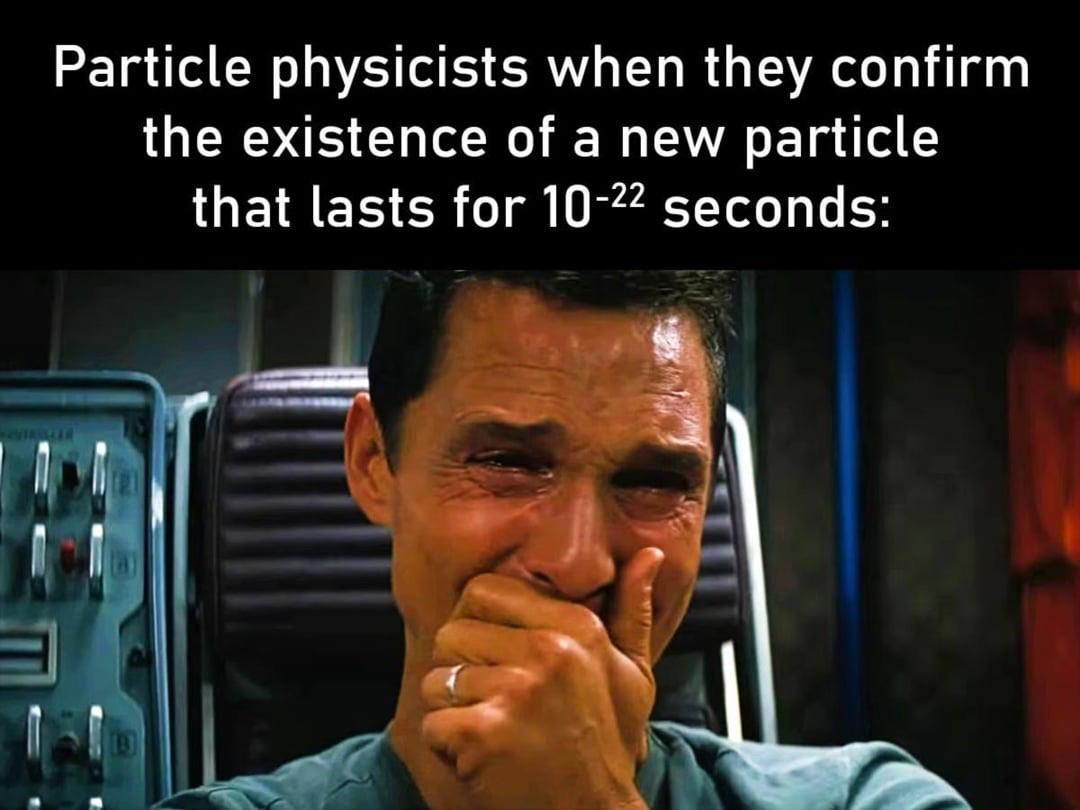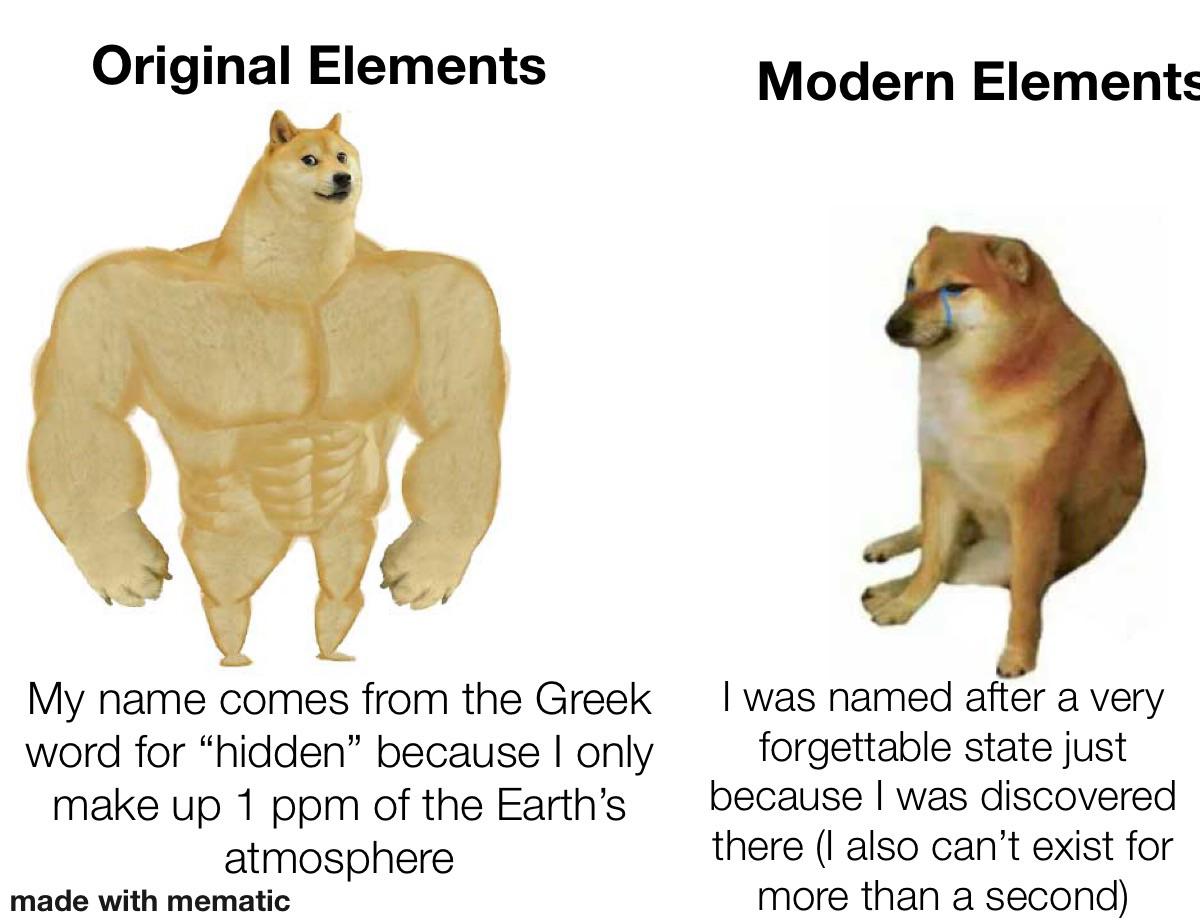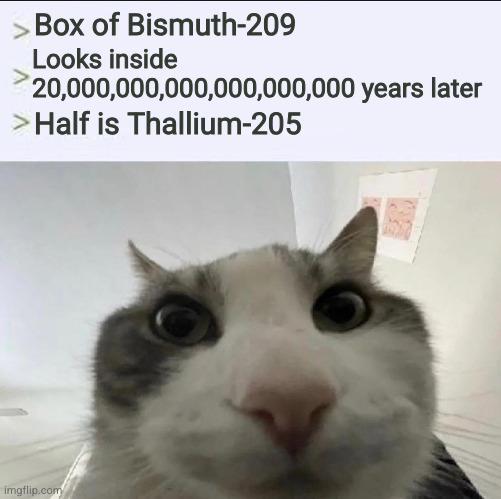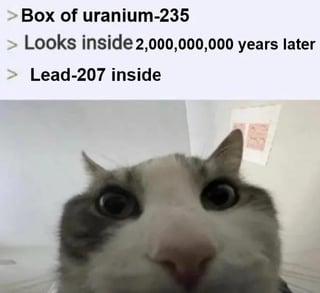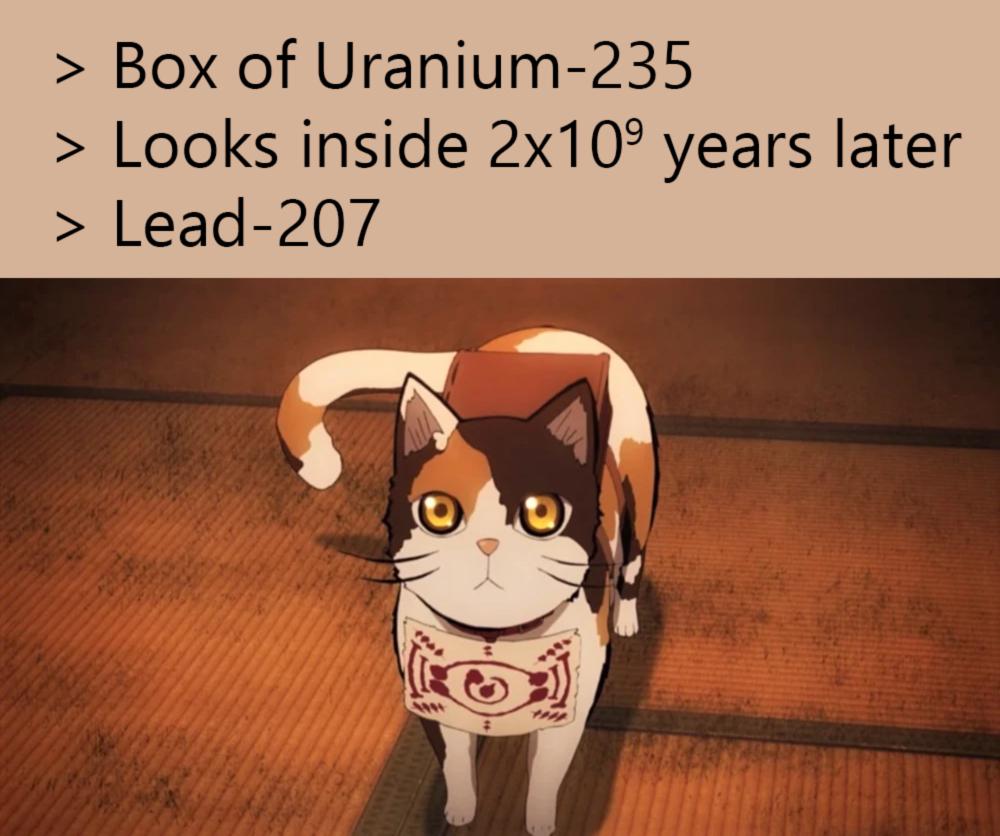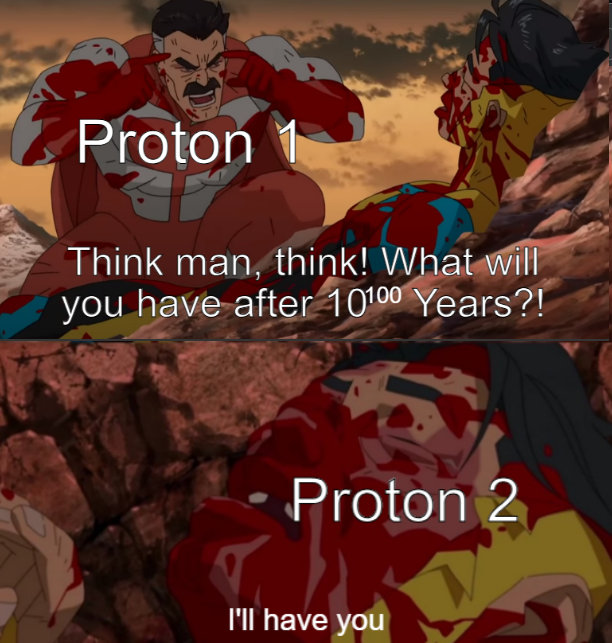Behold the pinnacle of scientific achievement: spending billions on equipment, thousands of hours of research, and decades of education just to create an element that exists for 0.0000000000000000000002173 seconds! These scientists are cheering like they just won the Super Bowl, when in reality they've basically photographed a subatomic ghost. The sheer excitement over something that disappears faster than free food in a university break room is the perfect representation of modern science. "Quick, take a picture before it's gone! No wait, it's already gone. But trust us, it was there!"


 Academia
Academia
 Ai
Ai
 Astronomy
Astronomy
 Biology
Biology
 Chemistry
Chemistry
 Climate
Climate
 Conspiracy
Conspiracy
 Earth-science
Earth-science
 Engineering
Engineering
 Evolution
Evolution
 Geology
Geology

